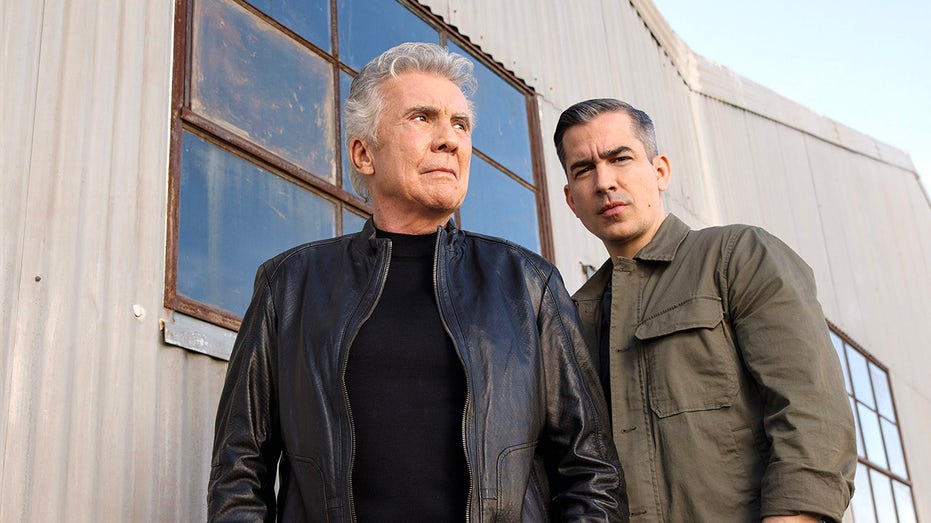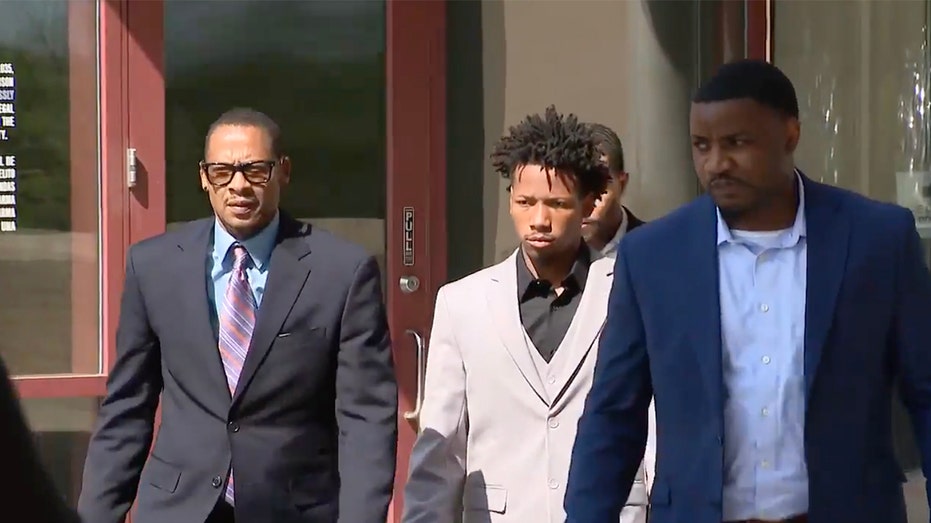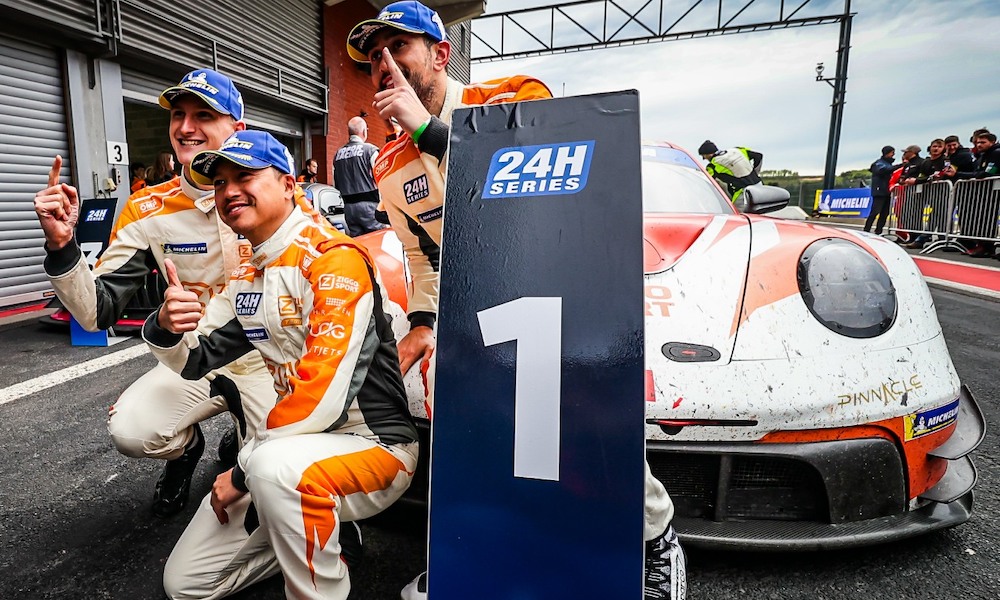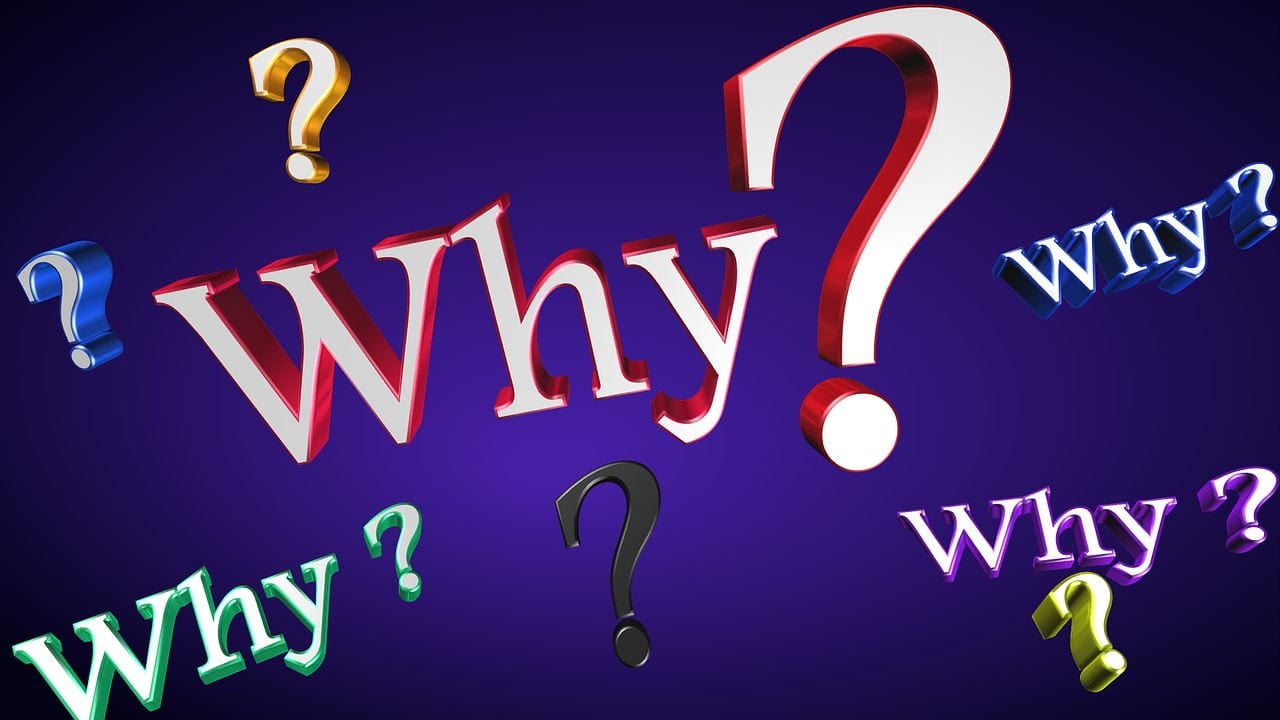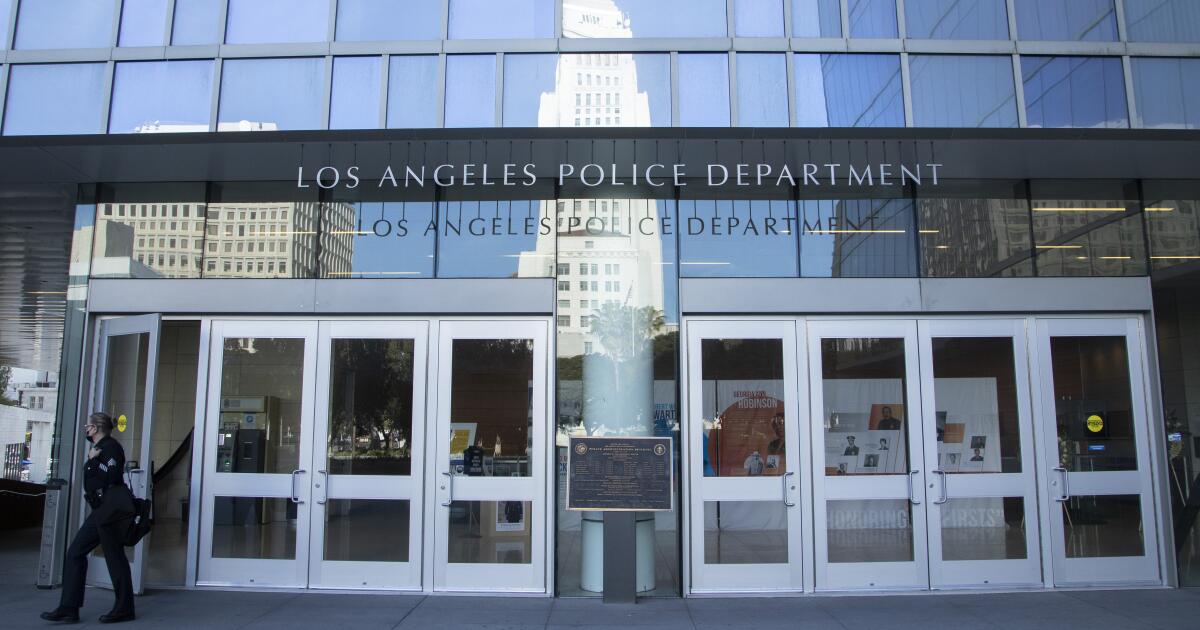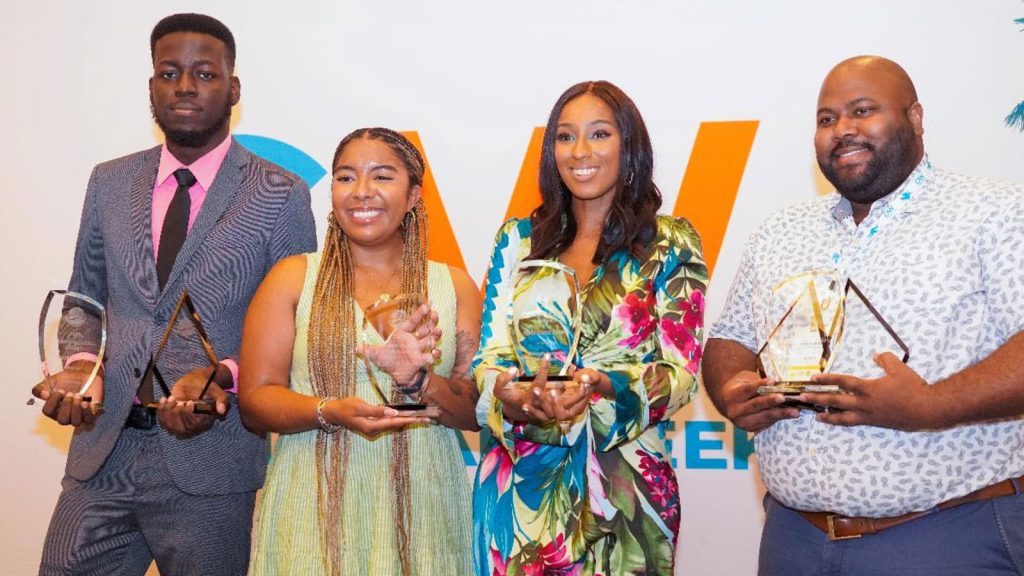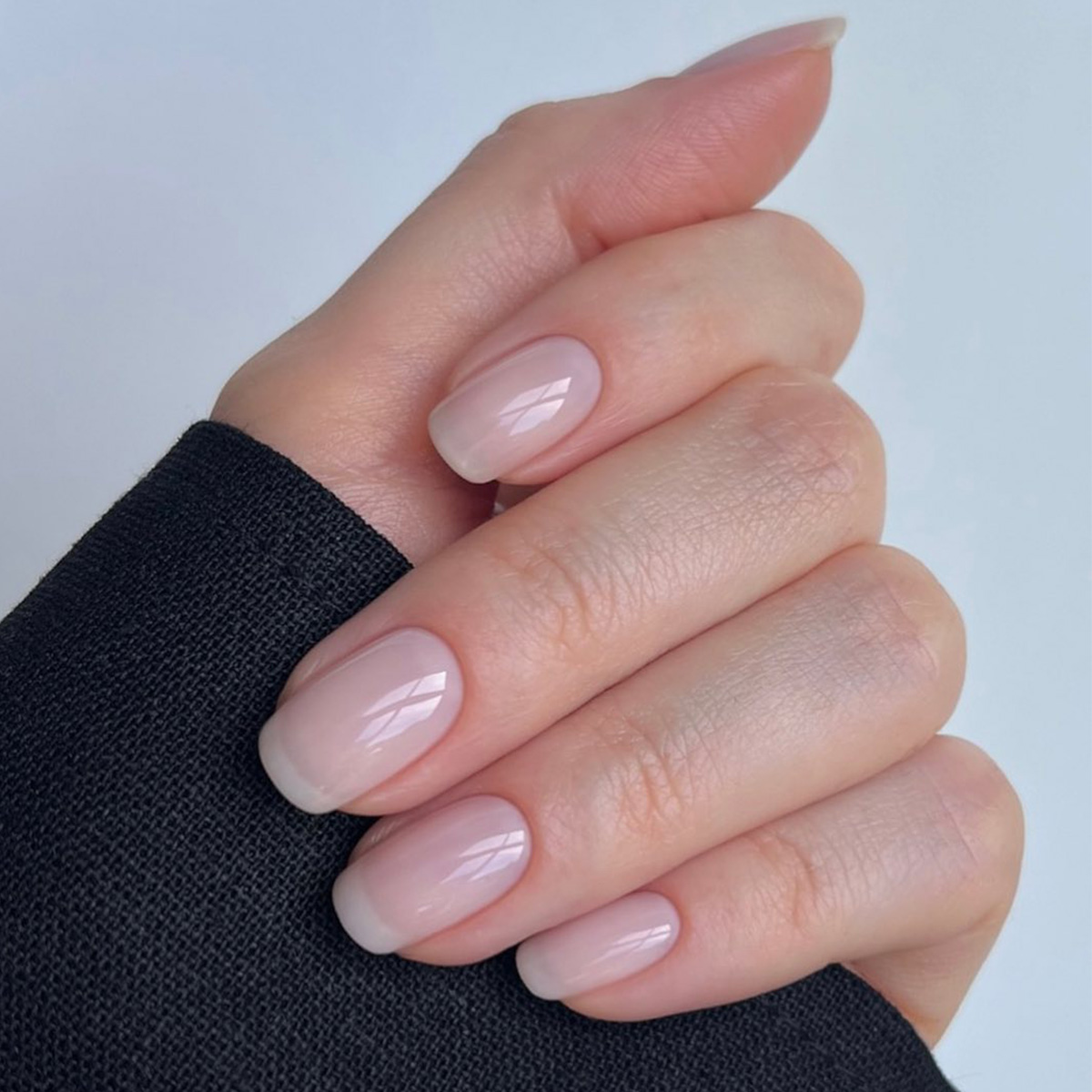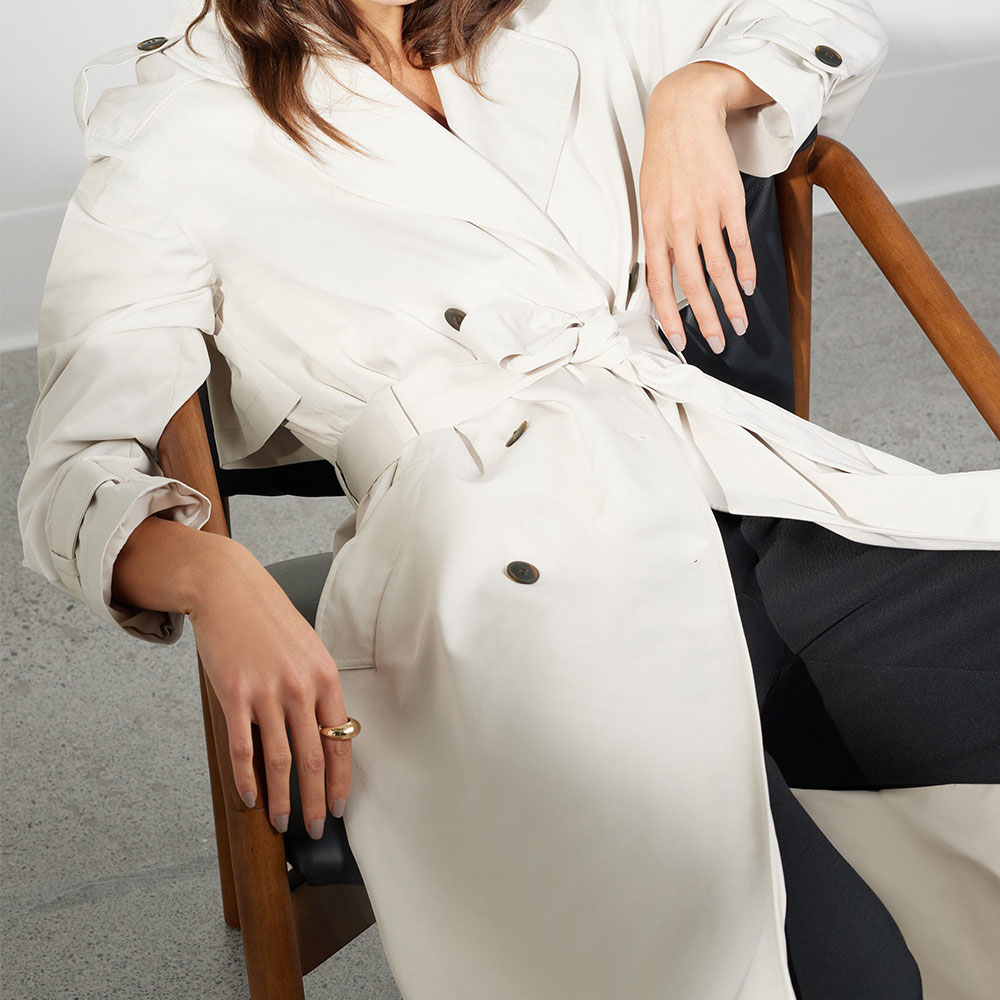Here’s How to Build the Best Stereo System for Less Than $2,000
With Record Store Day almost here, learn how to build the best audio system to make your vinyls sound even better.

All products and services featured are independently chosen by editors. However, Billboard may receive a commission on orders placed through its retail links, and the retailer may receive certain auditable data for accounting purposes.
The vinyl revival symbolized by Record Store Day has been great for vinyl — but it hasn’t done much for audio. When LPs were the most popular way to listen to music, serious fans played them on record players hooked up to stereos. These days, to judge by the popularity of inexpensive, self-contained record players with built-in speakers, many people listen to vinyl that cost up to $50 on turntables that cost less than $100 — and sound like it.
That’s a fine way to discover vinyl. But if you want to get the best sound out of your records, you’ll need a proper stereo system — separate components such as a turntable and a CD player (if you’re into that), plus an amplifier they connect to and speakers that it can drive. A quality system gets expensive — a truly great turntable costs $1,000 or more, as do speakers and amps. And that’s not even at the high end.
A proper stereo doesn’t need to be expensive, though. For $1,000, you can buy one that will blow away a self-contained turntable. It’s also possible to build one for $1,000. About $1,500 to $2,000 is where things get interesting though. For that amount of money, you can choose among some quality turntables, and add nice amplifiers and great speakers that suit the kind of music you like. Add a little more, to get to about $2,000, and you can upgrade to add a better turntable cartridge or pre-amp, or add even a CD player or digital-to-analog converter.
Even the most basic components system will represent a serious improvement over self-contained turntables, which generally don’t perform well even as turntables — the cheaper needles can cause distortion and sometimes even wear on records, let alone as amplifiers and speakers. A proper turntable will better reproduce the sound in the grooves of records, and quality amplifiers and speakers will present it more accurately. Some of this is a matter of taste — different combinations of amps and speakers sound better with different music, and to different ears. But serious sound starts with a system that might look like this.
If you love vinyl, start with a solid turntable. There are two main kinds of models: direct drive, where a motor turns the platter directly, and belt drive, where — you guessed it — the motor moves a belt that in turn moves the platter. The first can start and stop faster — which is why DJs use them — and they are often more durable. But the latter sound better because the platter is isolated from the motor’s vibrations. (Much of home audio performance essentially comes down to reducing vibrations and electrical interference — admittedly rather nerdy obsessions, but they dramatically affect the music you hear.)
The Best Turntables
If you want a direct drive turntable, try the $500 Audio-Technica AT-LP5X. It sounds great, it looks great and it comes with a counterweight to prevent the needle from wearing out your record too fast. As far as direct drive models go, it handles vibrations pretty well, too. It should last as well.
If you want the best sound, though, go for a belt drive turntable like the $600 Rega Planar 1. Rega Planar turntables are reliably great, even this entry-level baby of the bunch. (I had a Rega Planar 3 for years, and I moved up from there to a Rega Planar 8.) Rega’s turntables are studies in vibration reduction, and this one comes with a mounted MM cartridge, which saves time and hassle. (There are two main kinds of cartridges for turntables — Moving Magnet and Moving Coil. The latter offers better sound and more flexibility with setup, but it’s not worth thinking about until you start looking at turntables that cost more than $2,000 – and maybe not even then.) You also have the option of upgrading it with a better cartridge.
The Best Amplifiers
A proper turntable needs a phono pre-amp, to bring its signal up to “line level,” equal to the output of a CD player or any other component. At this level, you don’t need a separate one. When you do, start with the NAD PP 2e Phono Preamplifier.
Until then, I’d sooner trust a phono preamp that’s built into an integrated amplifier than one that’s in a turntable itself. Partly for that reason, the amp I’d recommend at this level is the $500 NAD C 316BEE, which includes one. It’s one of the best entry-level integrated amplifiers available. It has dedicated inputs for a turntable, a CD player, a tuner and video, plus an extra. (If you want to use a phono preamp, plug the turntable into that and that into another input — not the phono input.) Its clean design looks great, too.
The Best Speakers
Speakers — amps, too — are a matter of personal taste. It’s easier to evaluate turntable motors or CD player digital-to-analog conversion systems, but various combinations of amplifiers and speakers differ in how they present sound in ways that are much harder to describe, let alone judge. If you can, test them. Listen for soundstage (a sense of dimensionality), presence, clarity of detail, and clear bass, treble and midrange. Think of what kind of music you listen to most: A system that booms with the heavy bass of EDM might not have the detail demanded by jazz, which is a fancy way of saying your mileage may vary.
I can recommend two sets of speakers, though. The $500 Klipsch Reference Premiere RP-600M II have big horns, and thus crisp sound. As reference speakers, they are optimized for accuracy, not sweetness. For the same price, the KEF Q350 speakers also offer impressive accuracy and bass for the size and price. (At this level, you don’t need tower speakers; it may make more sense to invest in stands to stabilize these. For $700, you can get KEF Q550 floor-standing speakers, which have more bass and presence, but at that point you might want to upgrade other parts of the system as well.)
The Best CD Player
That’s $1,600 spent so far. Depending on what your music collection looks like, you may want a CD player. I know what you’re thinking — dad! — but CDs often offer higher fidelity than streaming services and most downloads. Any CD player will sound OK — they just differ less than turntables — but for a relatively low amount of money, this $400 NAD C 538 CD Player, which includes the high-quality Wolfson digital-to-analog converter, will sound great and look nice with the NAD receiver. I’ve had this myself for more than a decade, and it’s dependable, and it sounds and looks great. That brings the total to an even $2,000.
The Best Accessories
At this level, most components come with wires that connect to an amplifier, so the only other thing you’ll need to buy is speaker wire. The basic kind is fine. (Specifically, Amazon Basics is fine.) At some point, you may want to buy better wire — or even try to understand the dizzying debate on how much it matters — but give that some time. This is a good way to start. But be warned: You may enjoy better sound so much that you want to upgrade.
